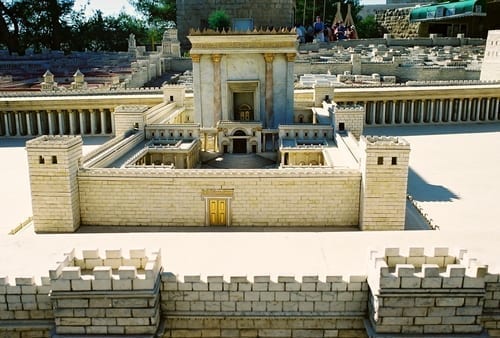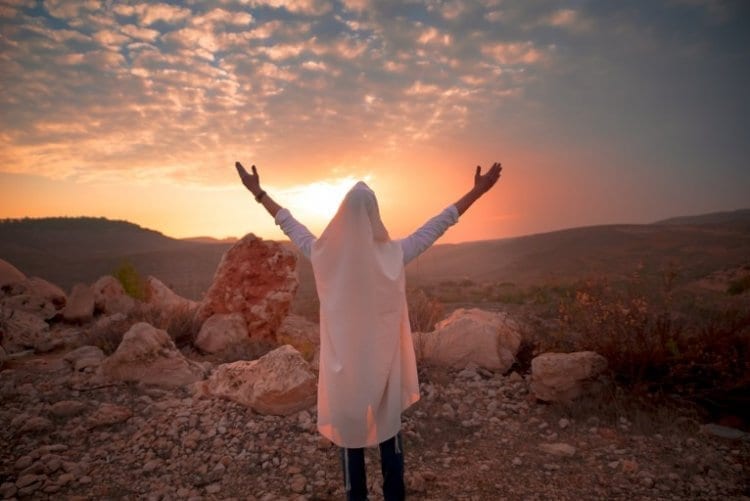My precious daughter, I must write you these words. I had misgivings about sending you this letter but I saw that you were having a hard time and that you need a hug from your father. I want to be there for you as always.
My precious daughter, you should know that I have everything. I have all the money and diamonds and all the property in the world is mine. But you are the most precious to me. You are my diamond that I always watch over and never take my eyes off of you for a moment from guarding you, because I know that you need me. But you should know my loved one, that I also need you! Your prayers and your faith, the words you say to me, I desire them! I wait day and night for you to turn to me and share what you’re going through with me. I listen to every word and see every one of your efforts. When you cry I also wipe away my tears, for when it hurts you, it hurts me. But it only hurts you because don’t realize that everything that happens to you is the best thing for you. I control everything and there is not one moment in your life that is relegated to chance! Everything is guided by divine providence, exactly according to what you need my precious daughter. The whole world was created just for you.
I know that sometimes you are broken, in pain or hurt, that your heart is broken. I feel your pain and when you turn to me with tears and say: “My Father it hurts me, please help” I want to shout back to you: “This thing that’s happening to you it is the help! It is the salvation! It is your miracle… you just don’t know it yet. Wait patiently my daughter and you will see…at the end you’ll understand it all.”
My beloved daughter, I want to see you happy, beaming with happiness, that you should lack nothing. But we both have work we need to do together, you and me. And in order to reach the summit we have to climb a steep mountain full of pits and crevices. But don’t worry my daughter, I’ll never let go of your hand. Every time you fall into a pit I’ll pull you out if you let me. The strength you receive to climb out of the pit is the strength you didn’t have previously. It is the strength you received from experiencing the test and when the test passes you’ll have acquired the strength inside you for eternity. Wait just a bit longer, don’t get broken. For after falling I promise you I will lift up to great heights you didn’t even know existed.
My beloved daughter, I know that your uncertainty is hard for you, and that you don’t understand why I do this to you; why do you need to lack things if I am so loving? So you should just know, my precious one that even what I took from you was only with the intention of replacing it with something better. The lack is only temporary, but you’re facing it and dealing with it and that will fill you with much more than you lost. The tools you acquire will assist you further in life. I want to heal you, but sometimes I want to elevate you to a higher level, to give you a great gift. So I need to test you with a small test to see if you’re worthy of the gift. Do you love me or do you not love me? That is your test! If you succeed in this test and instead of complaining you happily accept all the tribulations with love, I promise you that I will sweeten all of the harsh judgments and remove them from you! All you need to do is believe that I could.
Do you know my daughter that my whole wish is to make you happy? That when you’re happy I melt from happiness? That when you’re happy with me and my commandments and everything that I give you and when put yourself out for me and when you believe in me even when you don’t understand, at that moment I sit with my heavenly court and point to you with pride and say: “Look! That’s my daughter!” You cause me to feel really proud. I admire your strength to believe in me even when it’s difficult; that’s what makes you the most precious to me in the whole world, it’s what makes you worthy of the greatest title: a daughter of Israel
Did you know my beloved daughter that when I see you do a mitzvah even the smallest simplest one, they arrange a party for you up here in heaven? You may think that you did something simple but you have no idea how much that simple mitzvah had an effect in the highest heavens. During the moments you fulfill a mitzvah even when it’s difficult, a great bounty of goodness comes down to the world. In your merit I send more life, health and abundance to the nation of Israel. The abundance comes down because of you! In the merit of your sacrifice, your faith and the effort you expend when you overcome the difficulty and become a true hero! I wish I could describe to you how proud I am of you and how happy I am because of you!
So my beloved daughter you should know that at this very moment you have everything you need to be happy. I gave you everything. Please believe me; there will be a day when you will understand that everything was for your good. The day will come when you’ll understand that my love for you can’t be described with words and that I’m hugging you always, hurting with you, crying with you, happy with you and most of all, proud of you! Hang on my daughter, I promise you it’ll be worth it. I promise you I’ll never let go of your hand. I’ll always be with you and make sure you have what you need. I’ll never stop hugging you, just believe in me!
With Love,
Your Father in Heaven





